January tetra - Hemigrammus hyanuary
Scientific name: Hemigrammus hyanuary
Common name: January tetra
Family: Characidae
Usual size in fish tanks: 4 - 5 cm (1.57 - 1.97 inch)
014
Recommended pH range: 5.6 - 7.4
Recommended water hardness: 0 - 12°N (0 - 214.29ppm)
0°C 32°F30°C 86°F
Recommended temperature range: 22 - 27 °C (71.6 - 80.6°F)
The way how these fish reproduce: Spawning
Where the species comes from: South America
Temperament to its own species: peaceful
Temperament toward other fish species: peaceful
Usual place in the tank: Middle levels
Food and Feeding
The January Tetra (Hemigrammus hyanuary) thrives on a varied diet. High-quality flake foods should form the staple, supplemented with live or frozen foods such as brine shrimp, bloodworms, or daphnia. A varied diet not only ensures balanced nutrition but also enhances their natural coloration and activity. Feed small portions 2-3 times daily to maintain water quality and prevent waste buildup.
Origin
The January Tetra is native to South America, predominantly found in the slow-moving rivers, floodplains, and tributaries of the Amazon River Basin, including regions in Brazil and Peru. These habitats feature soft, slightly acidic water with dense vegetation, sandy or muddy substrates, and shaded areas created by overhanging foliage. Replicating these conditions in the aquarium helps them feel secure and display their natural behaviors.
Sexing
Distinguishing males from females is relatively straightforward. Males are slimmer and smaller than females, with a distinctive small hook on their anal fin. Females are fuller-bodied, especially when carrying eggs, and their rounded shape is more noticeable during the breeding season.
Breeding
Breeding January Tetras in captivity requires careful preparation. Set up a dedicated breeding tank with soft, slightly acidic water (pH 5.6-6.5) and a temperature of 25-27°C (77-80.6°F). Use fine-leafed plants like Java Moss or spawning mops to mimic their natural egg-laying surfaces. Dim lighting or floating plants like Pistia can help reduce stress and encourage spawning.
The male courts the female with displays of vibrant coloration and movements. The female scatters her eggs among the plants or substrate, and the male fertilizes them. Remove the adults immediately after spawning to prevent them from consuming the eggs. The eggs hatch within 24-36 hours, and the fry become free-swimming after 3-5 days. Feed the fry with infusoria or liquid fry food initially, gradually transitioning to newly hatched brine shrimp as they grow.
Lifespan
With proper care, the January Tetra can live up to 2-3 years in captivity. Maintaining pristine water conditions, a varied diet, and a stress-free environment is essential for their longevity.
Tank Setup
The January Tetra thrives in a well-planted aquarium with soft to moderately hard water. Use a soft substrate, such as fine sand, to replicate their natural environment. Incorporate live plants like Anubias, Java Fern, and Amazon Swords to provide hiding spots and create shaded areas. Floating plants like Duckweed or Salvinia can help diffuse light, mimicking their natural habitat. Maintain ideal water parameters: pH 5.6-7.4, hardness 0-12°N (0-214.29 ppm), and a temperature of 22-27°C (71.6-80.6°F). Gentle filtration and regular water changes are necessary to maintain water quality.
Compatible Tankmates
The peaceful and lively nature of January Tetras makes them excellent candidates for community tanks. Keep them in groups of at least 6 to enhance their social behavior. Suitable tankmates include other peaceful South American species such as Neon Tetras, Cardinal Tetras, Ember Tetras, and small Corydoras Catfish. Avoid aggressive or large predatory fish, as they may intimidate or harm the tetras.
Short Description
The January Tetra (Hemigrammus hyanuary) is a small, peaceful fish native to South America. Known for its active and social behavior, it thrives in well-planted aquariums with soft, slightly acidic water. Their manageable size and peaceful nature make them an excellent choice for community tanks. With proper care and attention, they bring vibrancy and liveliness to any aquarium.
Picture
Bought by aqua-fish.net from jjphoto.dk.
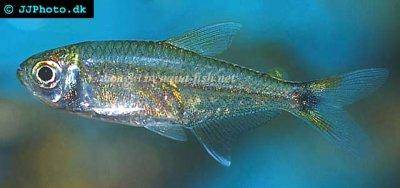

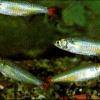 Bloodfin
Bloodfin 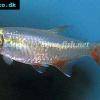 Bloodfin
Bloodfin  Panda
Panda 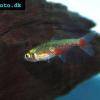 Green
Green 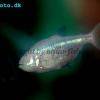 Blind
Blind  Kennedy
Kennedy 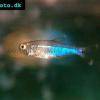 Blue
Blue 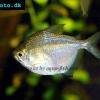 Discus
Discus 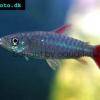 Pink
Pink 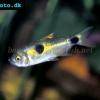 Bucktoothed
Bucktoothed 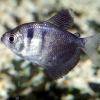 Black
Black 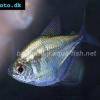 False
False 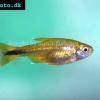 Silver
Silver  Hemigrammus
Hemigrammus 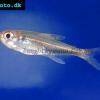 Dash-dot
Dash-dot  Rummy
Rummy 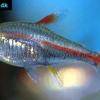 Glowlight
Glowlight 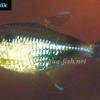 Head
Head 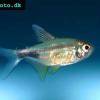 Garnet
Garnet 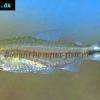 Rummy
Rummy  Gold
Gold  Red
Red 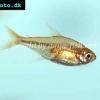 Ember
Ember 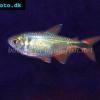 Buenos
Buenos 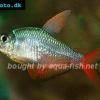 Colombian
Colombian 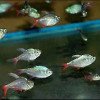 Ecuador
Ecuador  Bleeding
Bleeding 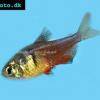 Flame
Flame 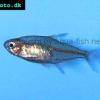 Georgett’s
Georgett’s 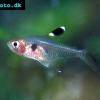 Griems
Griems  Kitty
Kitty 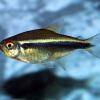 Black
Black 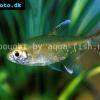 Firefin
Firefin 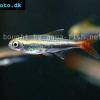 Loreto
Loreto 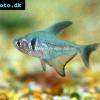 Black
Black 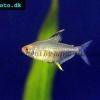 Lemon
Lemon 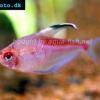 Redback
Redback 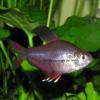 Rosy
Rosy 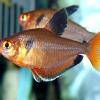 Serpae
Serpae 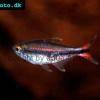 Savanna
Savanna 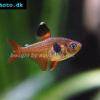 Red
Red 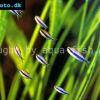 Blue
Blue 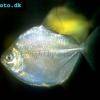 Silver
Silver 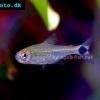 Ceros
Ceros  Napo
Napo 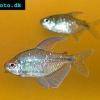 Diamond
Diamond 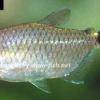 Red
Red 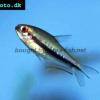 Rainbow
Rainbow 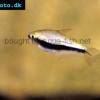 Emperor
Emperor  Cardinal
Cardinal 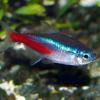 Neon
Neon 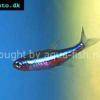 Green
Green 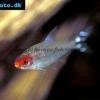 False
False  Glass
Glass 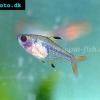 X-ray
X-ray 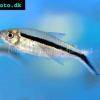 Penguin
Penguin